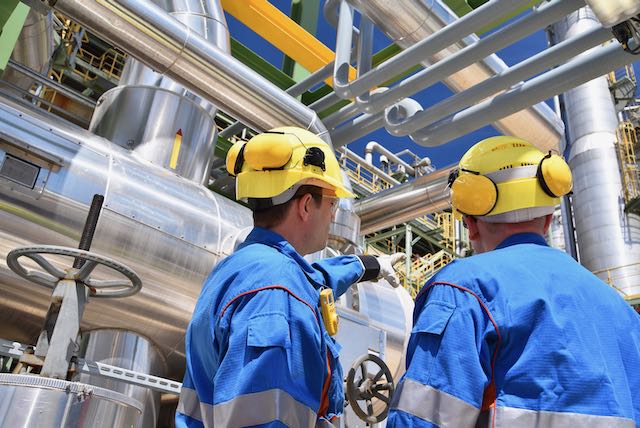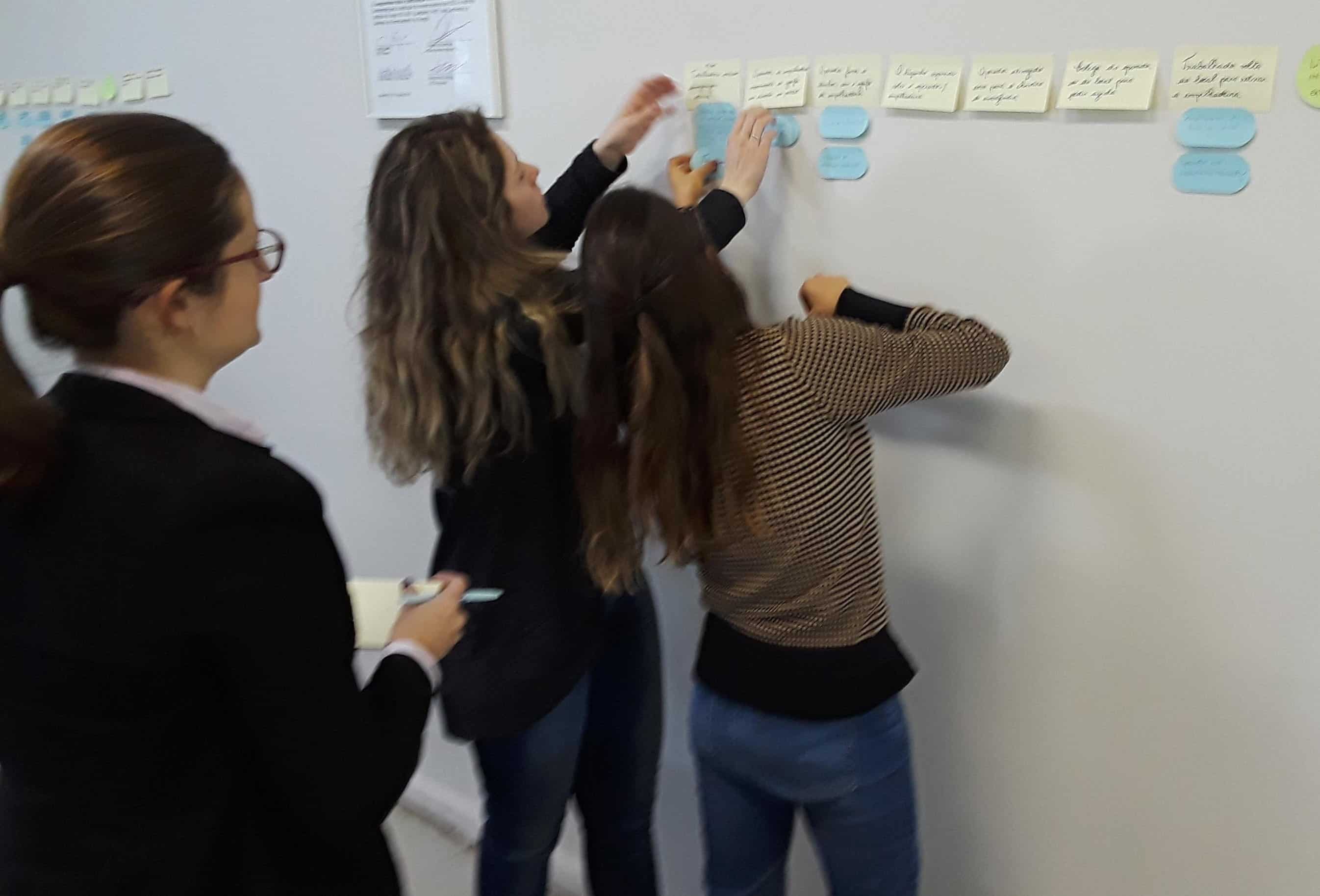How to Control Psychosocial Hazards

Psychosocial hazards, like job stress, poor leadership, and exposure to traumatic events, can hurt both worker well-being and business performance. But not all safeguards are created equal. Comparable to physical safety, the most effective way to protect workers is prevention.
That’s where the Hierarchy of Psychosocial Hazard Controls comes in. Inspired by the traditional safety model, the Hierarchy of Hazard Controls, the Hierarchy of Psychosocial Hazard Controls prioritizes proactive, system-level strategies before relying on the worker’s coping skills.
Let’s walk through the levels and what they mean.
Primary Measures: Target the System, Prevent the Harm
Like the Hierarchy of Hazard Controls, the most powerful controls are at the top of the hierarchy because they eliminate or substitute the hazard entirely.
- Elimination of psychosocial hazards: Plan ahead so workloads match staffing levels. Set performance standards that align with worker capability. Redesign job roles or remove workers who consistently create risk through unsafe behavior.
- Substitution: Swap out harmful job demands with healthier alternatives. Use automation for repetitive or mentally draining tasks. Give workers more autonomy over their schedules and pacing.
Secondary Measures: Reduce the Risk When Psychosocial Hazards Can’t Be Eliminated
When you can’t remove the hazard, look to minimize the harm through engineering and administrative controls.
- Isolation & Engineering Controls: Create safe spaces. Rotate workers to avoid prolonged exposure to distressing material. Improve lighting, acoustics, and cleanliness. Use mechanical aids to reduce physical demands.
- Administration Controls: Build a culture of respect with policies that address harmful behaviors early. Provide training, support, and clear communication (especially during times of change). Promote psychological safety through leadership development, fair performance management, and early intervention.
Last Line of Defense: Support the Worker
At the bottom of the hierarchy sit personal protective resources. These aren’t about fixing the character of the worker, but are the last line of defense when systems fall short.
- Counseling services and return-to-work programs can make a real difference. But they should never be the only strategy in place.
The Takeaway for Managing Psychosocial Hazards: Fix the Work, Not the Worker
Too often, companies focus on helping workers “cope” with stress while ignoring the root causes built into the job design, management practices, or organization culture. The real solution? Flip the script. Start at the top of the hierarchy. Tackle the system first. Empower your workers by building a workplace that works for them, not one that simply asks them to be more “resilient.”
Your workers and your bottom line will thank you.
Join me at the 2025 Global TapRooT® Summit where we will apply this hierarchy to real-life examples and create Corrective Actions for a healthier workplace. Register for the From Stress to Success: Fostering Psychological Safety in the Workplace best practice session on the Psychology of Improvement Best Practices Track.



